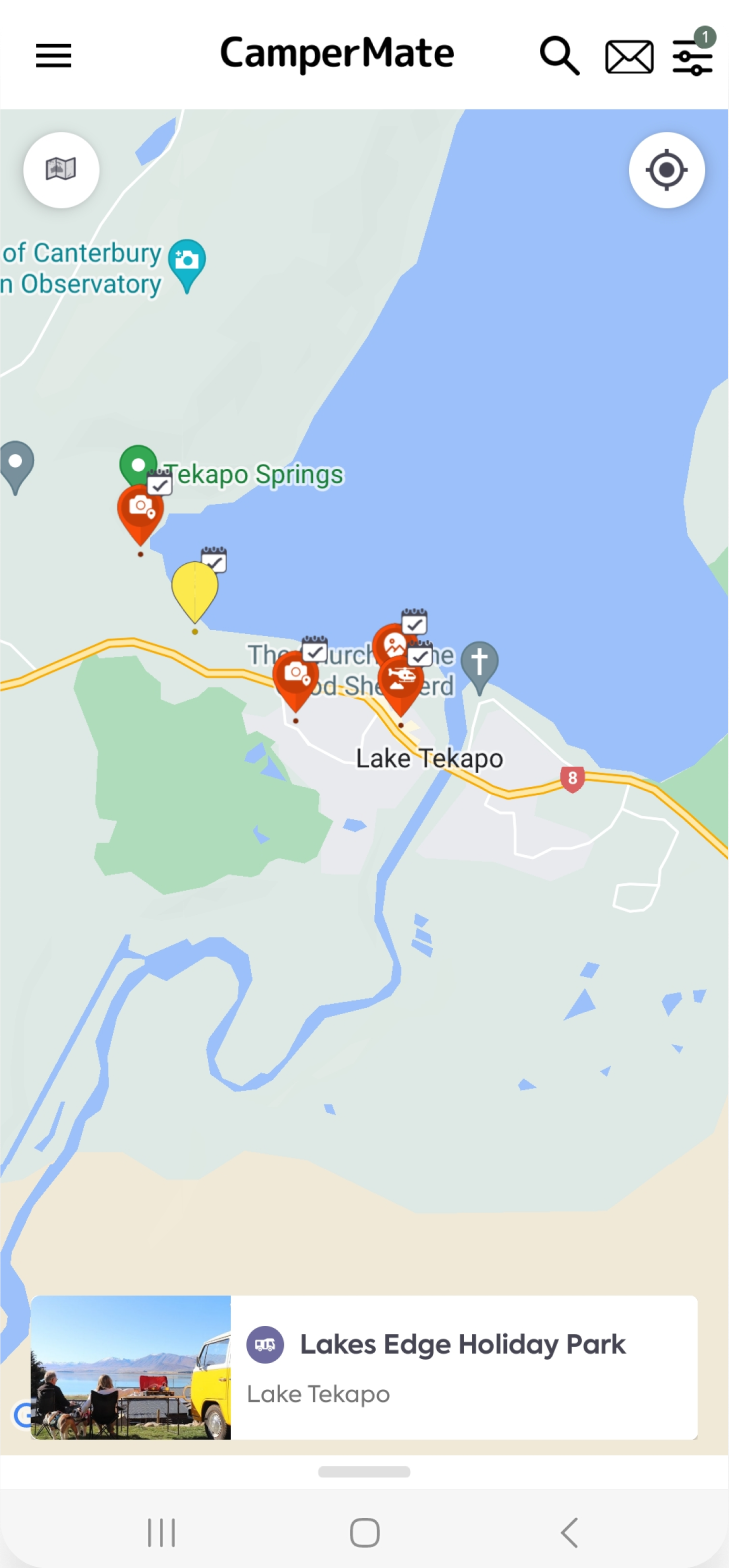Posts
New Zealand Holiday Parks
Guide to TOP 10 Holiday Parks
April 4, 2024 • Tom Lanauze
With their holiday parks strategically placed all across the country, they ensure a premium camping experience with convenient access to iconic attractions and stunning landscapes nation wide.
Travel Guide
Christchurch to Arthur's Pass: where to stop, play and stay
February 26, 2024 • Goose Ellen
This beautifully scenic route will take you through cute little towns, past ice cold lakes and over mountain passes. The two passes that split the east and the west coast aren't just pass-through spots, but are well and truly destinations within themselves.
New South Wales
Top 10 NSW Campsites to Beat the Heat - that aren't the beach!
February 20, 2024 • Suzanne
Why lose your cool fighting crowds at the beach when NSW is bursting with blissful freshwater escapes?
Queensland
Explore Noosa Like A Local
February 6, 2024 • Kaede Ker
Tropical Pandanus trees, pristine waters and longboard waves for days
Queenstown Walks
Queenstown's Best Walks
December 16, 2023 • Eleanor Hughes
Laying on the shores of Lake Whakatipu surrounded by mountain ranges and rivers, Queenstown has enticed tourists since the mid-1870’s with it's amazing walks.

